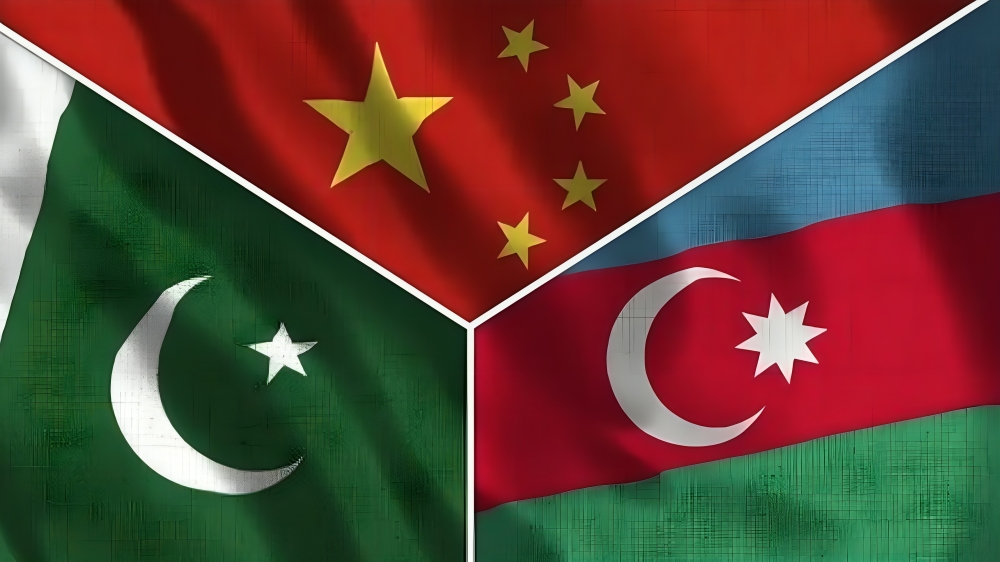In a series of major diplomatic and defense developments, Pakistan has reinforced its strategic partnerships with China and Azerbaijan, signaling a shift in its foreign policy and a push to boost its military and economic capabilities. Under the leadership of Prime Minister Shehbaz Sharif, these moves are being seen as an attempt to stabilize the country’s economy while enhancing its defense readiness amid regional tensions.
In a key military advancement, China has agreed to supply Pakistan with 40 next-generation J-35A stealth fighter jets, HQ-19 air defense systems, and KJ-500 Airborne Warning and Control Systems (AWACS). According to a Defence Security Asia report dated May 18, 2025, the first batch of J-35A jets is expected to be delivered by early 2026. Analysts view this as part of a broader Chinese strategy to support Pakistan’s airpower capabilities in response to increasing military competition in South Asia.
Further easing Pakistan’s economic burden, China has also approved a deferral of $3.7 billion in debt repayments, providing much-needed relief as the country grapples with financial challenges. In another forward-looking initiative, a memorandum of understanding has been signed with Chinese technology giant Huawei to train 100,000 Pakistanis in artificial intelligence (AI) and information technology. While the program aims to strengthen Pakistan’s tech ecosystem and digital workforce, experts caution that the country’s existing educational infrastructure may need significant upgrades to support such an ambitious scale.
In a parallel development, Pakistan’s defense collaboration with Azerbaijan has also deepened. On September 26, 2024, Reuters reported a landmark $4.6 billion deal under which Azerbaijan will acquire 40 JF-17 Thunder fighter jets co-developed by Pakistan and China. Additionally, Azerbaijan is set to invest $2 billion in Pakistan, further cementing their bilateral defense and economic ties. The partnership is expected to boost military cooperation among Pakistan, Azerbaijan, and Turkey, especially amid shifting power dynamics in the South Caucasus region.
Economic cooperation with Iran is also showing potential. Trade between the two countries, currently valued at approximately $3 billion, is projected to grow to $10 billion in the coming years. However, no concrete timelines or actionable framework have been disclosed to support this projection.
These developments come as Pakistan continues to recover from long-standing economic difficulties. While the country faced a daunting public debt of Rs. 8,160 billion as of March 2010 and a debt-to-GDP ratio of 56%, recent years have seen signs of revival. The Pakistan Stock Exchange’s PSE-100 Index grew by 40% in FY 2021, buoyed by post-COVID reforms and government stimulus. The services sector, particularly in IT and telecommunications, has been a major driver of growth, with companies like PTCL crossing $1 billion in annual revenue.
Despite the momentum, economic experts warn of potential risks. The reliance on deferred loans, foreign military aid, and ambitious training programs without domestic infrastructure improvements could challenge long-term sustainability. Concerns have also been raised over the implications of increased foreign military cooperation on Pakistan’s strategic autonomy.
Nevertheless, Pakistan’s strengthened ties with China and Azerbaijan, its growing role as a defense exporter, and emerging economic and technological initiatives highlight a deliberate shift toward global integration and regional influence. These multi-faceted engagements position the country as a key player in the evolving geopolitical and economic landscape of Asia.













